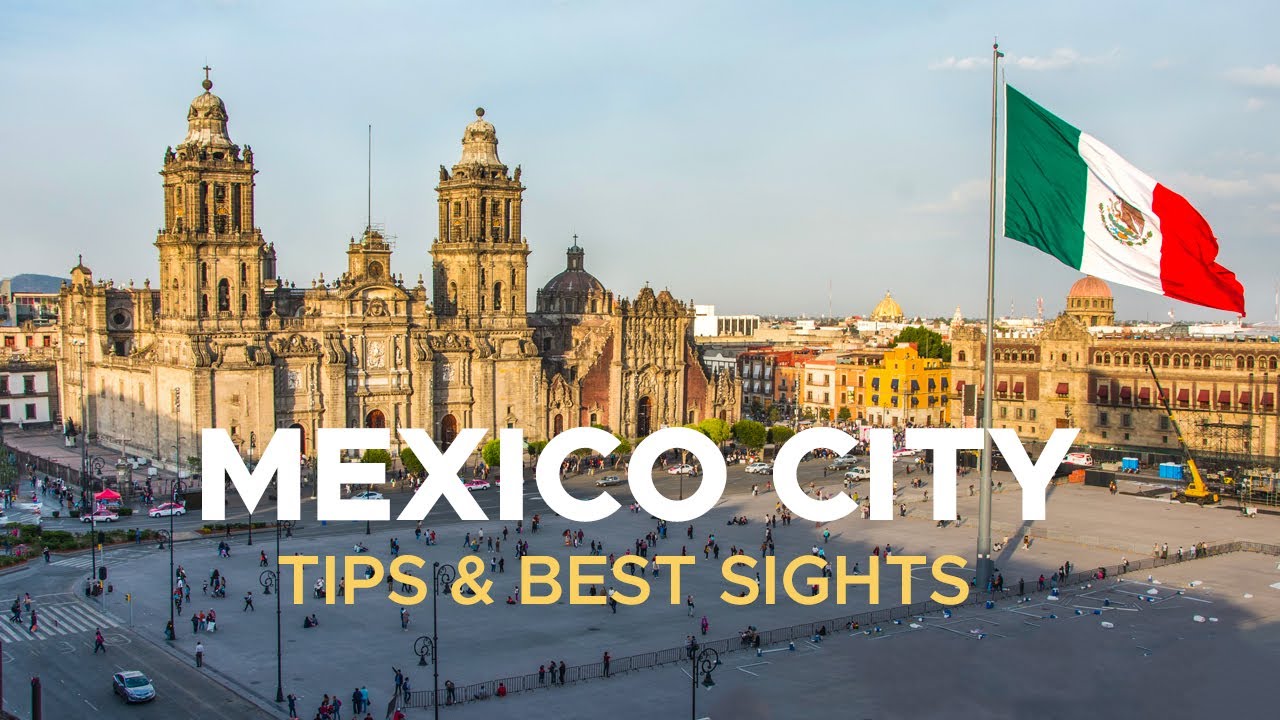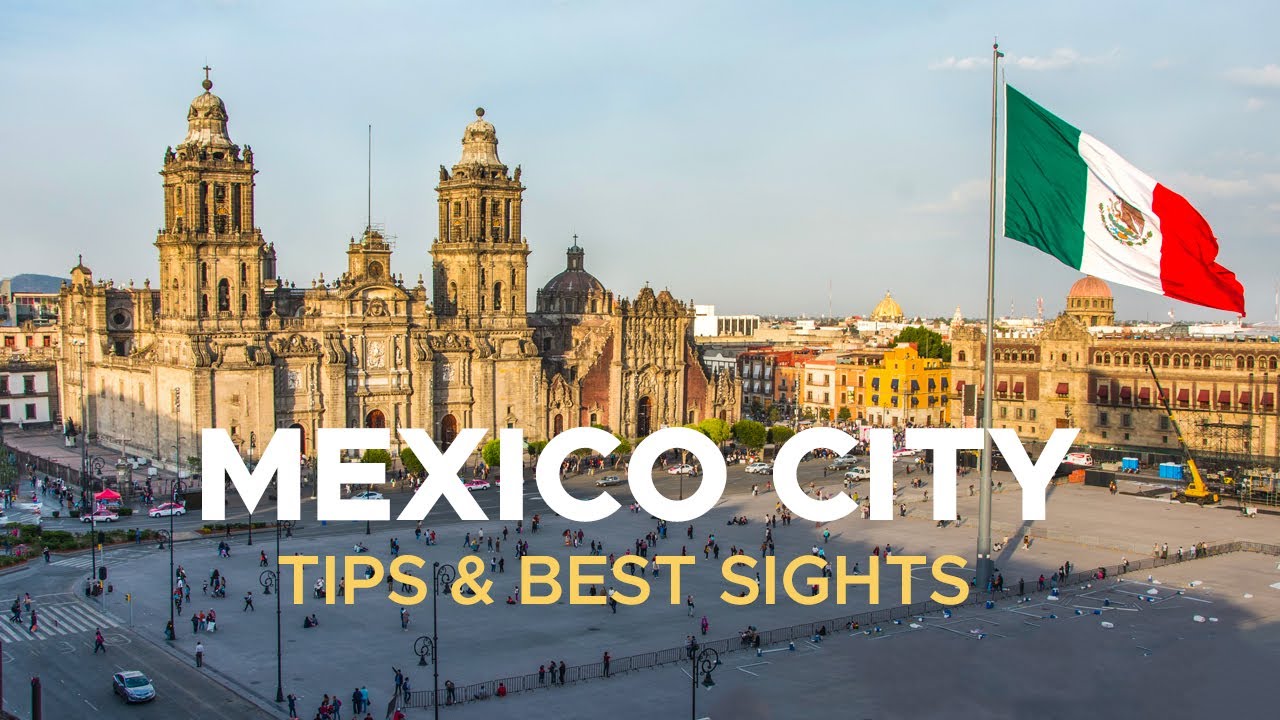The Rich History of Mexico City’s Iconic Landmarks
As the heart of a civilization that dates back to the 14th century, Mexico City is home to an abundance of historical landmarks that each tell a unique story. These iconic sites, brimming with cultural richness and historical significance, are a testament to the city’s vibrant past, marked by the rise and fall of powerful empires, colonial influences, and revolutionary movements.
The Aztec Empire’s Imprint: Templo Mayor
Among the most notable landmarks is the Templo Mayor, the main temple of the Aztec empire, and a striking symbol of the city’s pre-Hispanic past. Discovered in 1978, this archaeological site has unveiled valuable insights into Aztec religion, culture, and architecture. The twin temples, dedicated to the god of war and the god of rain and agriculture, are a poignant reminder of the city’s original name, Tenochtitlan, the heart of the Aztec empire.
Colonial Legacy: The Metropolitan Cathedral and Chapultepec Castle
As Mexico City transitioned under Spanish rule, the architectural landscape evolved to reflect the colonial influences. The Metropolitan Cathedral, the largest cathedral in the Americas, stands as a monumental showcase of Spanish colonial architecture. Constructed atop the ruins of Templo Mayor, the cathedral is a fusion of different architectural styles, mirroring the city’s layered history. Equally captivating is the Chapultepec Castle, located on a hill in Chapultepec Park. Once a sacred place for Aztecs, it later became the residence of Mexican rulers during the colonial period, and is now a museum showcasing Mexico’s history from the pre-Hispanic era through to the Mexican Revolution.
Symbol of Independence: The Angel of Independence
Commemorating Mexico’s independence from Spain, the Angel of Independence is one of the city’s most recognized landmarks. This victory column, crowned with a gold-leaf statue of the Greek goddess of victory, was built in 1910 to mark the centennial of the beginning of Mexico’s War of Independence. The monument houses the remains of key figures from the war, making it not just a visual spectacle, but also a significant historical site.
Exploring the Iconic Landmarks That Define Mexico City’s Skyline
When it comes to iconic landmarks, Mexico City’s skyline is adorned with a blend of historical and modern architectural marvels. These structures have not only defined the city’s skyline but also its cultural, historical, and economic facets. Whether you are a seasoned traveler or a first-time visitor, the skyline offers an eclectic mix of attractions that tell the story of Mexico City’s evolution over the centuries.
The Angel of Independence
One of the most emblematic landmarks of Mexico City is The Angel of Independence. Erected in 1910 to commemorate the centennial of the beginning of Mexico’s War of Independence, this towering monument is a symbol of liberty and a popular gathering place for locals and tourists alike. The monument, which features a victory column topped with a gold-plated statue of the Greek goddess Nike, stands out prominently against the city’s skyline.
Palacio de Bellas Artes
Another defining feature of Mexico City’s skyline is the Palacio de Bellas Artes. Known for its distinctive Art Nouveau and Art Deco architectural styles, this cultural center is considered the most important theater in the nation. Its magnificent dome, adorned with colorful murano glass tiles, is an iconic sight in the city skyline.
Torre Latinoamericana
The Torre Latinoamericana is a testament to Mexico City’s modern architectural prowess. Once the tallest building in Latin America, this skyscraper offers panoramic views of the cityscape. Its steel frame construction, designed to withstand the city’s frequent earthquakes, is an emblem of Mexico City’s resilience and innovative spirit.
Unveiling the Cultural Significance of Mexico City’s Iconic Landmarks
Mexico City, steeped in a rich tapestry of history, has a plethora of iconic landmarks that are integral to the cultural fabric of the country. Each of these landmarks holds a unique significance, narrating tales of Mexico’s diverse past and vibrant culture.
The Palacio Nacional, or National Palace, for instance, serves as the seat of the federal executive in Mexico. Located on Mexico City’s main square, the Zócalo, it is adorned with murals by Diego Rivera, showcasing the history of Mexico from the ancient Aztec civilization to the Spanish conquest. The Palace is a testament to the resilience of Mexican culture, symbolizing both the historical and contemporary political power of the country.
Teotihuacan: A Pre-Hispanic City
The ancient city of Teotihuacan, recognized as a UNESCO World Heritage Site, is another iconic landmark. Home to the massive Pyramids of the Sun and Moon, Teotihuacan was one of the largest cities in the ancient world. It stands as a symbol of the country’s pre-Hispanic past and the grandeur of its early civilizations.
The Cultural Heart: Zócalo
The Zócalo, officially known as Plaza de la Constitución, is the heart of Mexico City. This public square, one of the largest in the world, has witnessed numerous significant historical events, from the proclamation of the Mexican Constitution to major political demonstrations. Today, it is a bustling space hosting cultural events, concerts, and exhibitions, making it a living embodiment of Mexican culture and traditions.
How to Visit the Iconic Landmarks That Define Mexico City
Planning Your Visit
When planning to visit the iconic landmarks that define Mexico City, the first step is to identify the must-see landmarks. The list could include places such as the historic Zocalo, the stunning Palacio de Bellas Artes, and the ancient Aztec temple, Templo Mayor. It’s also worth considering a visit to the Frida Kahlo Museum, the Chapultepec Castle, and the National Museum of Anthropology, which all add to the rich cultural tapestry of the city.
Creating a Route
Once you have your list, the next step is to plan your route. Mexico City is a sprawling metropolis, so it’s crucial to map out your journey to maximize your time. Some landmarks are within walking distance of each other, like the Zocalo and Templo Mayor, while others require a bit of travel. Utilize public transportation, such as the Metro, or consider taking a taxi or Uber for longer distances.
Timing Your Visit
Another crucial aspect of visiting Mexico City’s iconic landmarks is timing your visit. Some landmarks, like the National Museum of Anthropology and the Frida Kahlo Museum, can get busy, so it’s best to arrive early to beat the crowds. Also, be aware that some sites may have specific opening hours or may be closed on certain days. It’s always a good idea to check the opening times and any potential entrance fees before your visit.
Guided Tours
Lastly, for a more in-depth understanding of Mexico City’s iconic landmarks, consider booking a guided tour. Many landmarks offer guided tours that can provide valuable insight into the history and significance of the site. This can greatly enhance your visit and provide a richer cultural experience.
Iconic Landmarks That Make Mexico City a Must-Visit Destination
Mexico City, often referred to as the “City of Palaces”, is home to an array of iconic landmarks that showcase its rich history and vibrant culture. These landmarks range from historical buildings to modern architectural wonders, each contributing to the city’s unique charm and making it a must-visit destination for travelers worldwide.
The Zocalo
First on the list of Mexico City’s iconic landmarks is the Zocalo, one of the largest public squares in the world. Also known as Plaza de la Constitucion, this massive square has been a gathering place since Aztec times and is now a hub of cultural activity, surrounded by the Metropolitan Cathedral and the National Palace.
Palacio de Bellas Artes
Another must-see is the Palacio de Bellas Artes, a grandiose cultural center that’s considered the most important theater in Mexico. This architectural marvel showcases Art Nouveau and Art Deco styles and houses an impressive collection of murals by renowned artists such as Diego Rivera.
The National Museum of Anthropology
Lastly, no visit to Mexico City would be complete without exploring the National Museum of Anthropology. It’s not only the largest and most visited museum in Mexico, but it’s also considered one of the world’s most comprehensive natural history museums. It houses an enormous collection of artifacts from Mexico’s pre-Columbian era, including the famous Aztec Sun Stone.
These are just a few examples of the many iconic landmarks that make Mexico City a fascinating destination full of history, culture, and architectural beauty. Each landmark tells a story of the city’s past and present, offering a unique insight into Mexico’s vibrant heritage.


